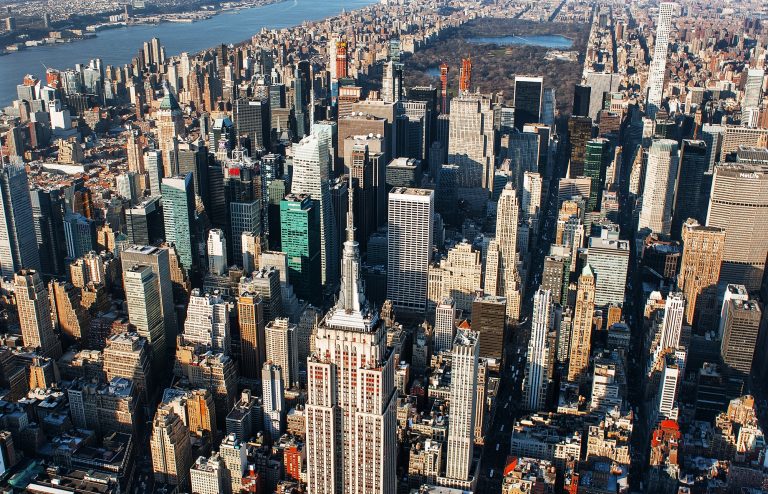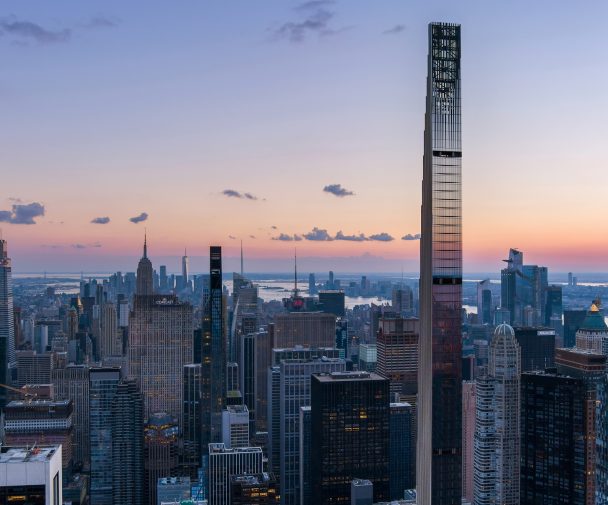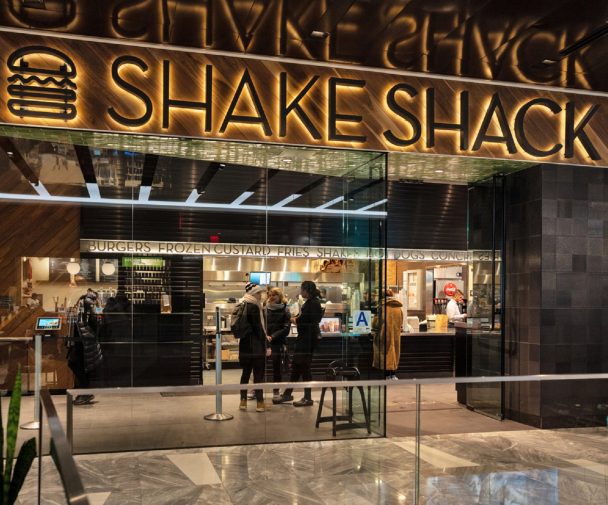
Office-to-Residential Conversion Zoning Proposal for Midtown
A potential future for its dated and vacant office space
Written by EMILY NONKO
April 1, 2022
Of all the dramatic changes the pandemic brought to real estate and more specifically New York City neighborhoods, perhaps none have transformed more than Midtown Manhattan. Pre-COVID, the locale was experiencing rapid growth following the Midtown East rezoning, with rents reaching record highs. Now, the vacancy rate has hit a 30-year high at 18.6 percent and rents are continuing to slip.
Most of these vacancies are in Midtown’s older office space, but there’s a proposal gaining significant traction that could transform the area: allowing the conversion of Midtown office into residential use.
“It’s important to be having this discussion because we realize, looking at the past two years, that neighborhoods that were more engaged during Covid and seemed to fair better at the retail level had a 24/7 community as opposed to a 9-5 community,” Fred Cerullo, President and CEO of the Grand Central Partnership, tells EQ.
Governor Hochul’s latest budget entails a proposal to revise the state’s multiple dwelling law to be more flexible with regards to floor area, light and air requirements for office building conversions south of 60th Street. Further negotiations will be required between the city and state. The Midtown East rezoning would also be under consideration, as it provided more opportunity to replace older commercial buildings with modern office space, but didn’t include residential conversions.
The Real Estate Board of New York, a powerhouse of landlords and real estate interests, has thrown its support behind the idea. A December study by REBNY estimated that 10 percent of Midtown’s older office space could potentially be up for conversion to residential use, a process that could yield 14,000 new apartments. Three areas targeted in the study were Midtown East, the Garment District and Flatiron, due to the density of older buildings and transit options.
The distinction between older, Class B/C office space and Class-A offices is a crucial component to the proposal. “There’s a real tale of two cities that’s happening right now,” says Michael Slattery, Research Manager for CBRE. “Companies are very focused on best-in-class space, either new construction or heavily renovated with high levels of amenities, that’s what we’re seeing garner most of the attention.” Roughly 75 percent of large leasing deals have poured into this office class, according to Slattery.
That leaves the older offices – REBNY estimates they account for 160 million square feet, or about a quarter of all office space in Manhattan. “The ones that are leasing are racing to the bottom on pricing, and all this product is not necessarily going to be absorbed because the large users in Midtown are taking up all the new, high-quality space,” points out Benjamin Blumenthal, principal broker for Noah & Co., a Midtown office space market expert. “I think there’s going to be a lot of distress coming down the pipeline in the next two years.”
Daniel Hilpert, Founder and Managing Director of real estate finance firm Equicap, zeroes in Midtown West and South for more residential use. Rezoning Midtown West, he says, “will diversify the neighborhood and long-term improve values and attract a move diverse mix of commercial tenants.”
“Highly amenitized office buildings [that are] centrally located with great access to public transportation have done fairly well during the pandemic,” Hilpert points out. “Our clients with older, Class B and C office buildings predominantly in Midtown South are facing unchanged conditions with very high vacancies as smaller companies have chosen to work from home and downsize office space.”
Any conversion plan wouldn’t affect new office construction in Midtown. “No one’s taking down One Vanderbilt and skyscrapers to do this,” as Cerullo puts it, “It’s about options, not a mandate.”
The result is that Midtown could look closer to Downtown Brooklyn, which has focused on mixed-use redevelopment in recent years, or Lower Manhattan, which carried out successful office-to-residential conversions following 9/11. A distinct challenge in Midtown, however, is the building stock.
“Offices transformed into apartments downtown were mostly built in the 1920s, with smaller and more variety in the floor plates and more light wells, allowing easier renovation,” THE CITY reported earlier this month. “The buildings targeted now were built in the 1960s, where much of the square footage is windowless and deep inside building cores.”
REBNY has said that financial incentives will be necessary to make these conversions viable. The city and state will also need to ensure that the process doesn’t have too many onerous requirements.
While there are hurdles to overcome, it’s fair to say the real estate interests of Midtown are largely open to turning a new page in the neighborhood. “The focus is on options,” Cerullo says, “And creating recovery and rebirth.”











